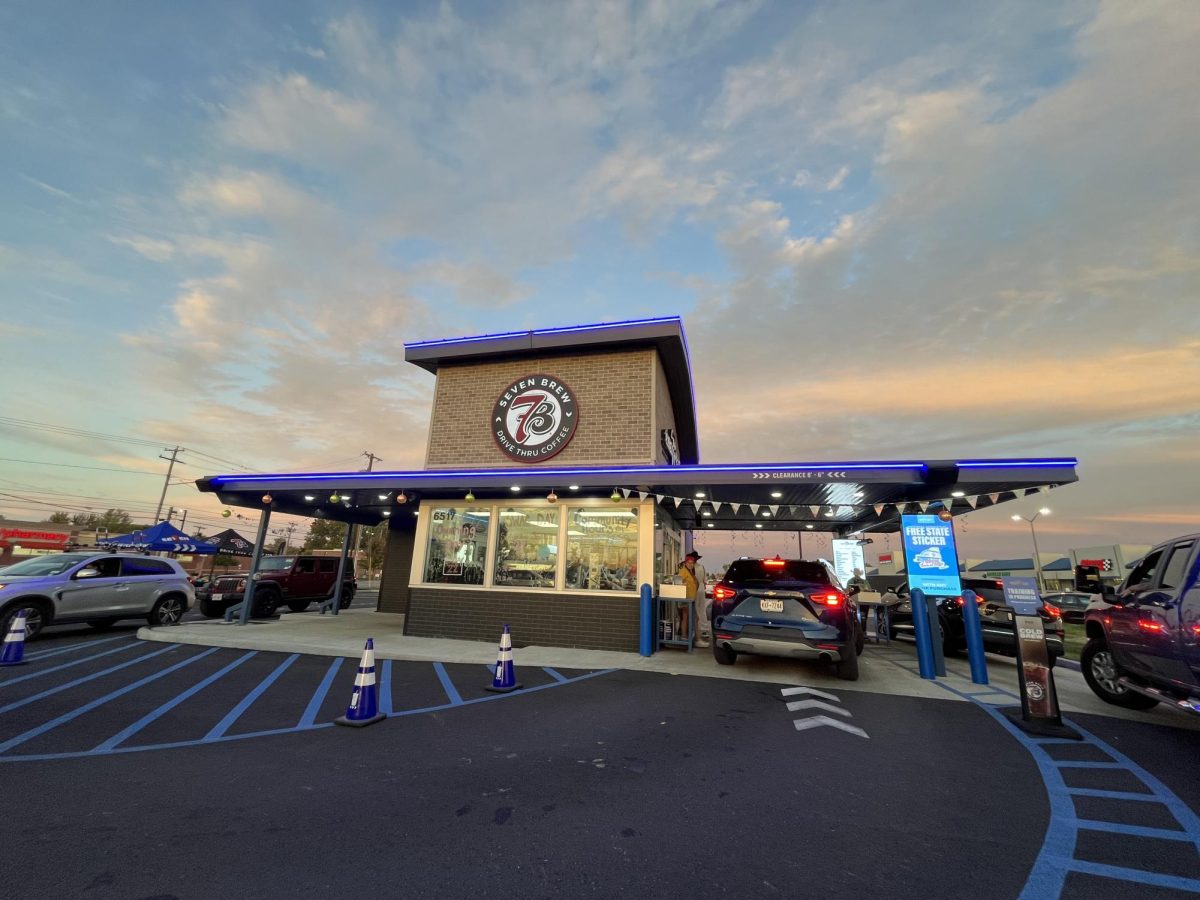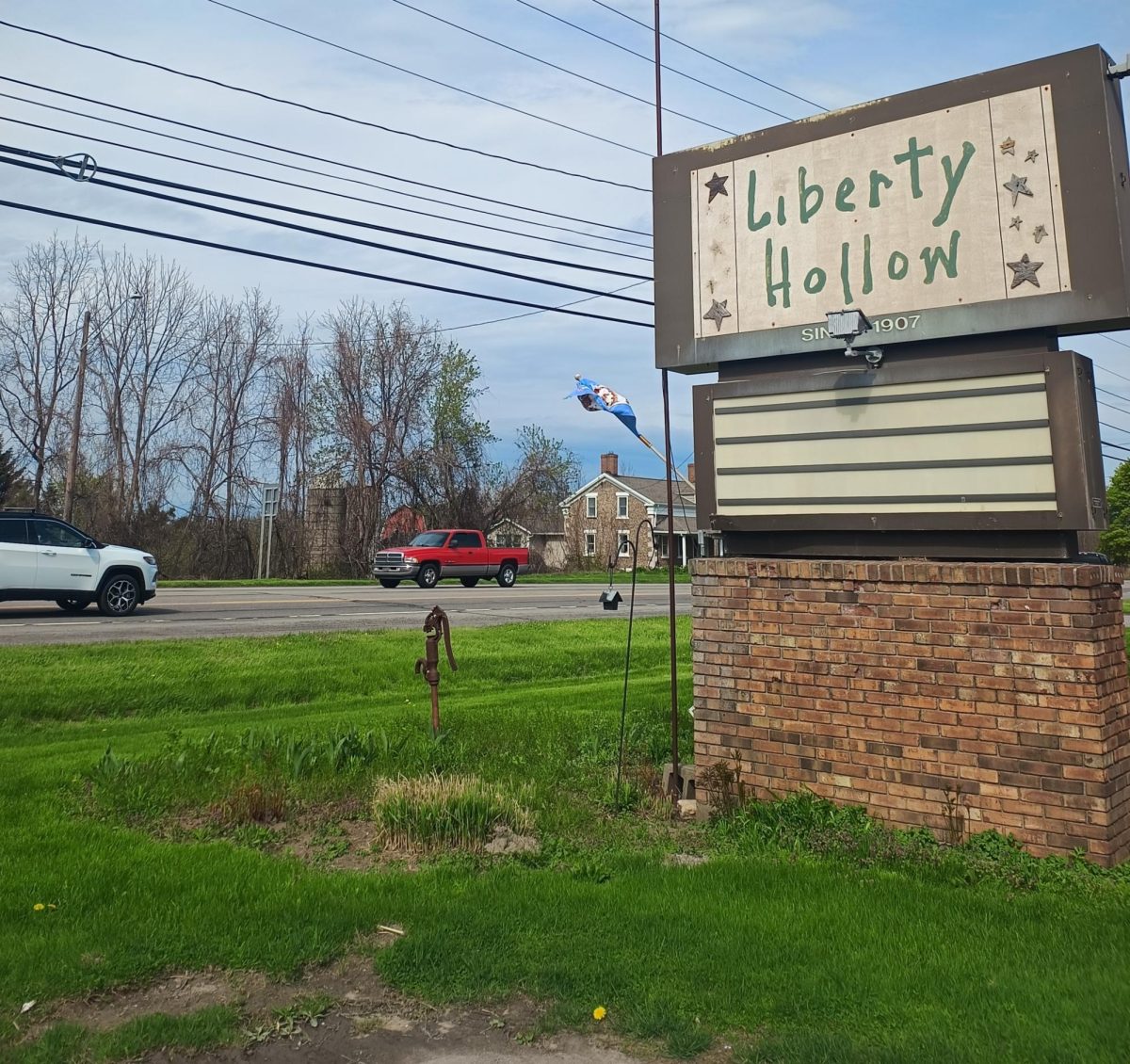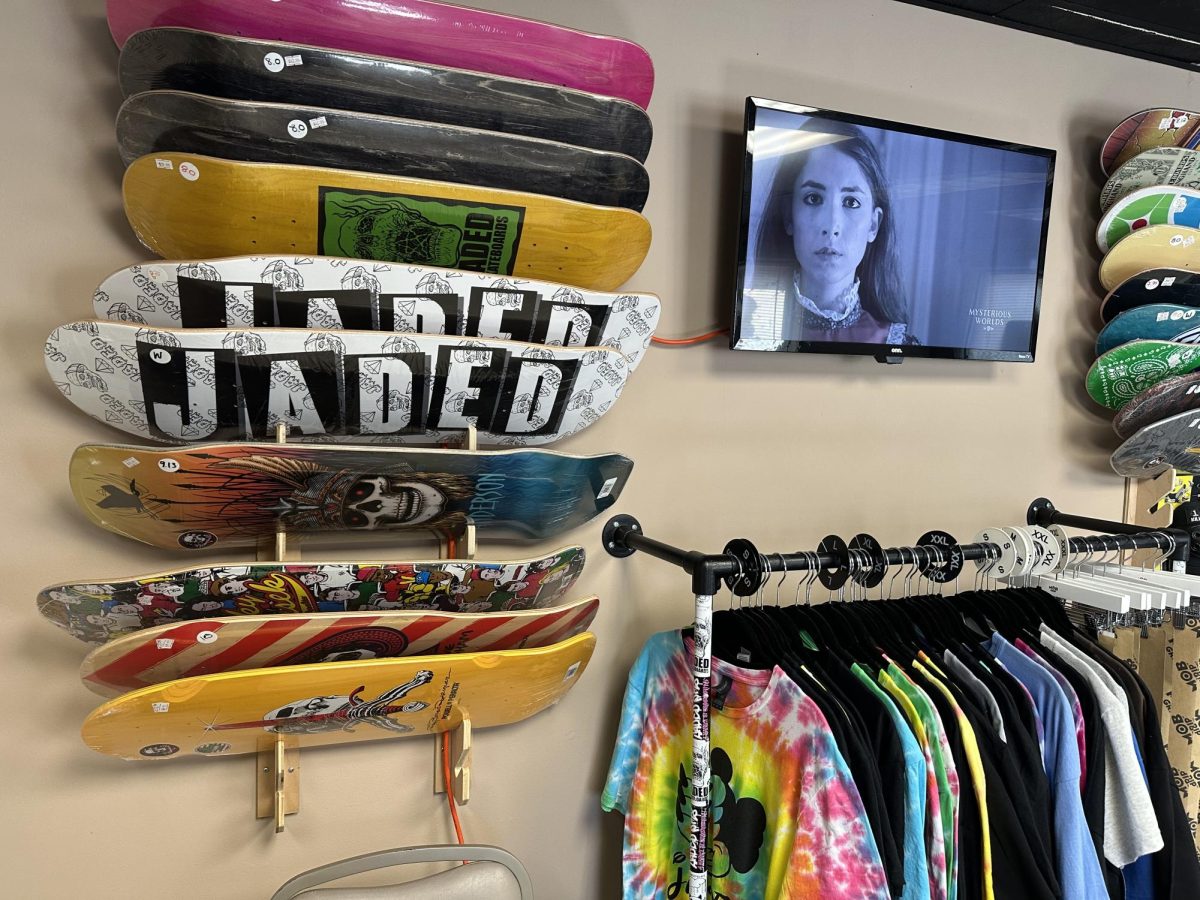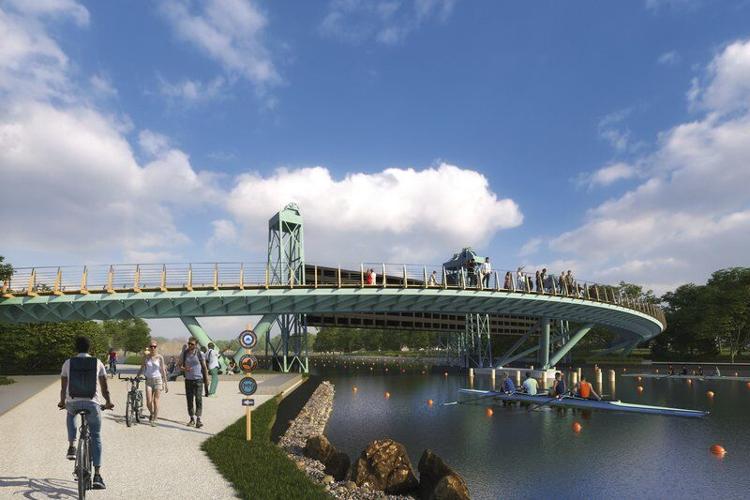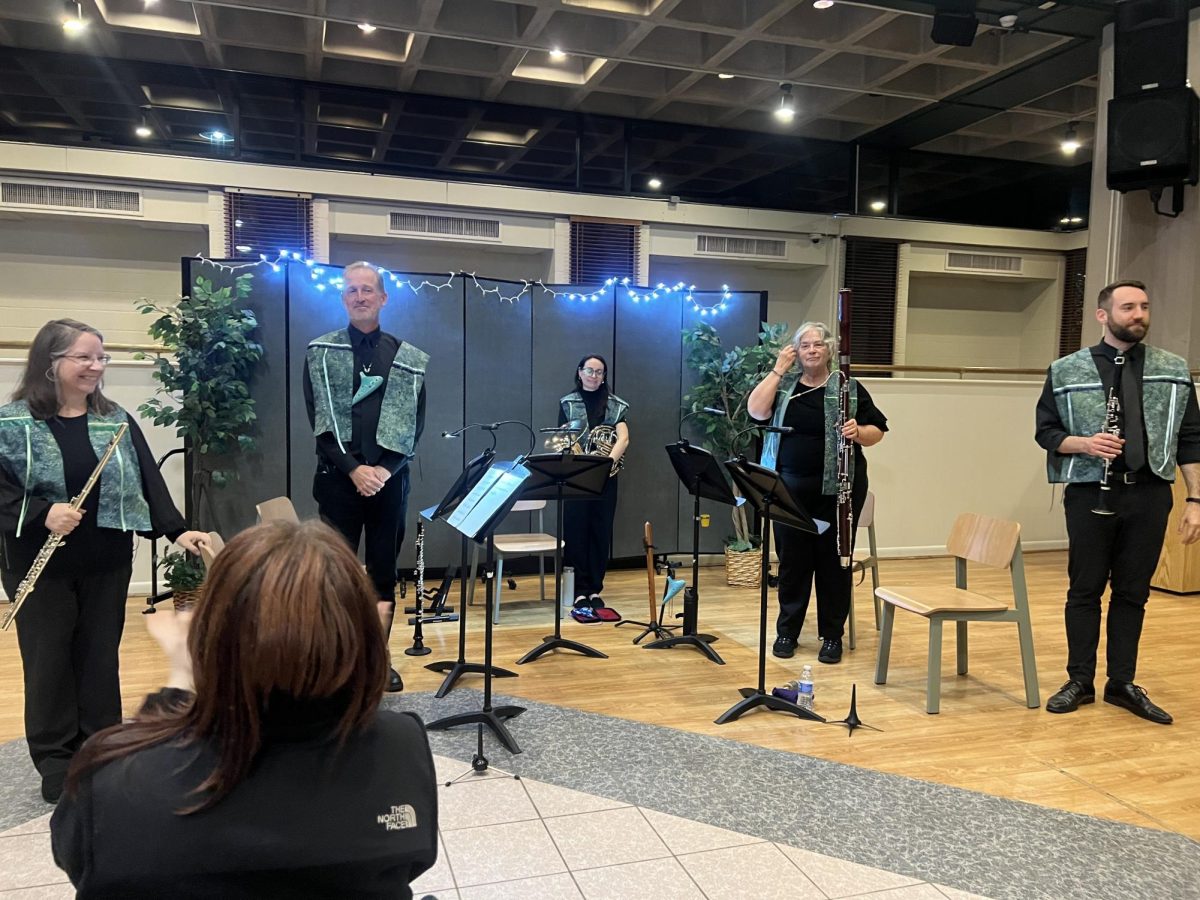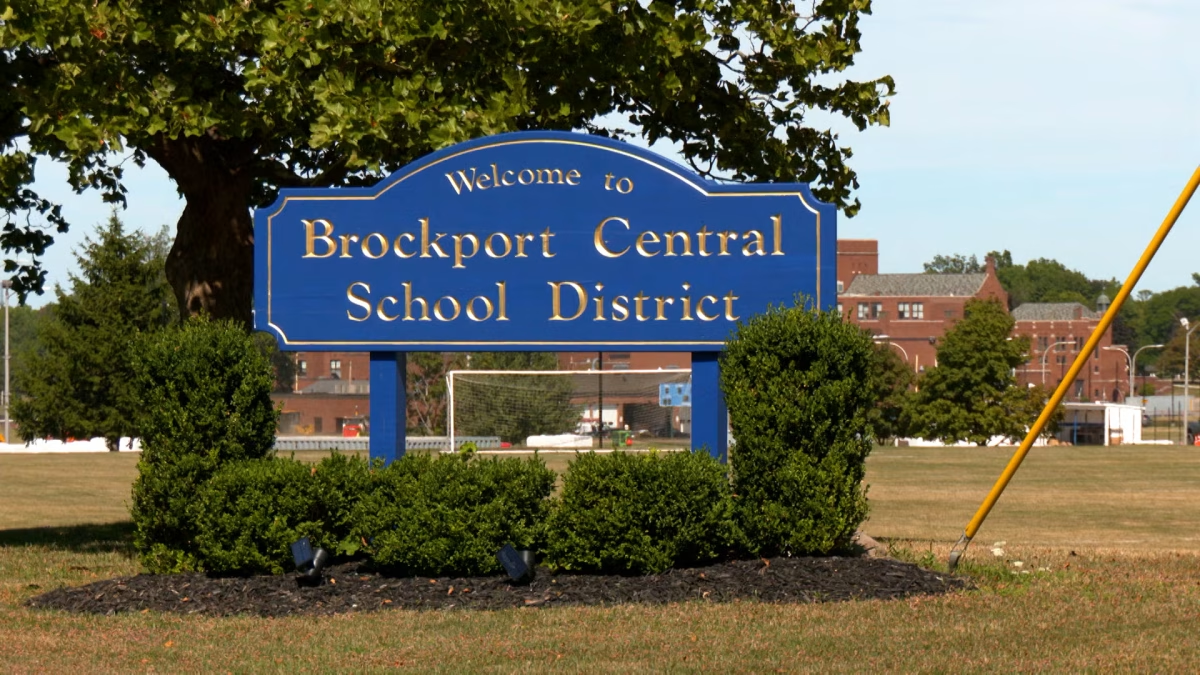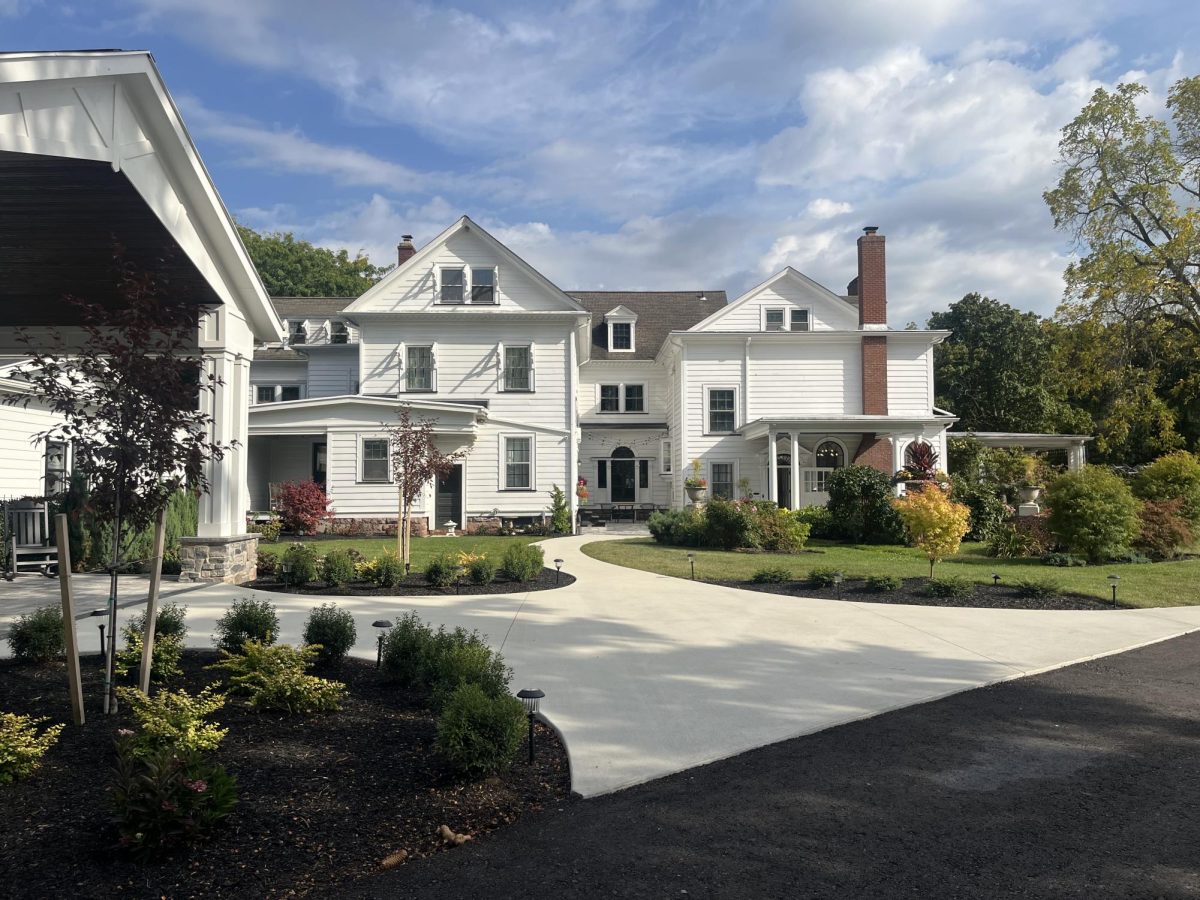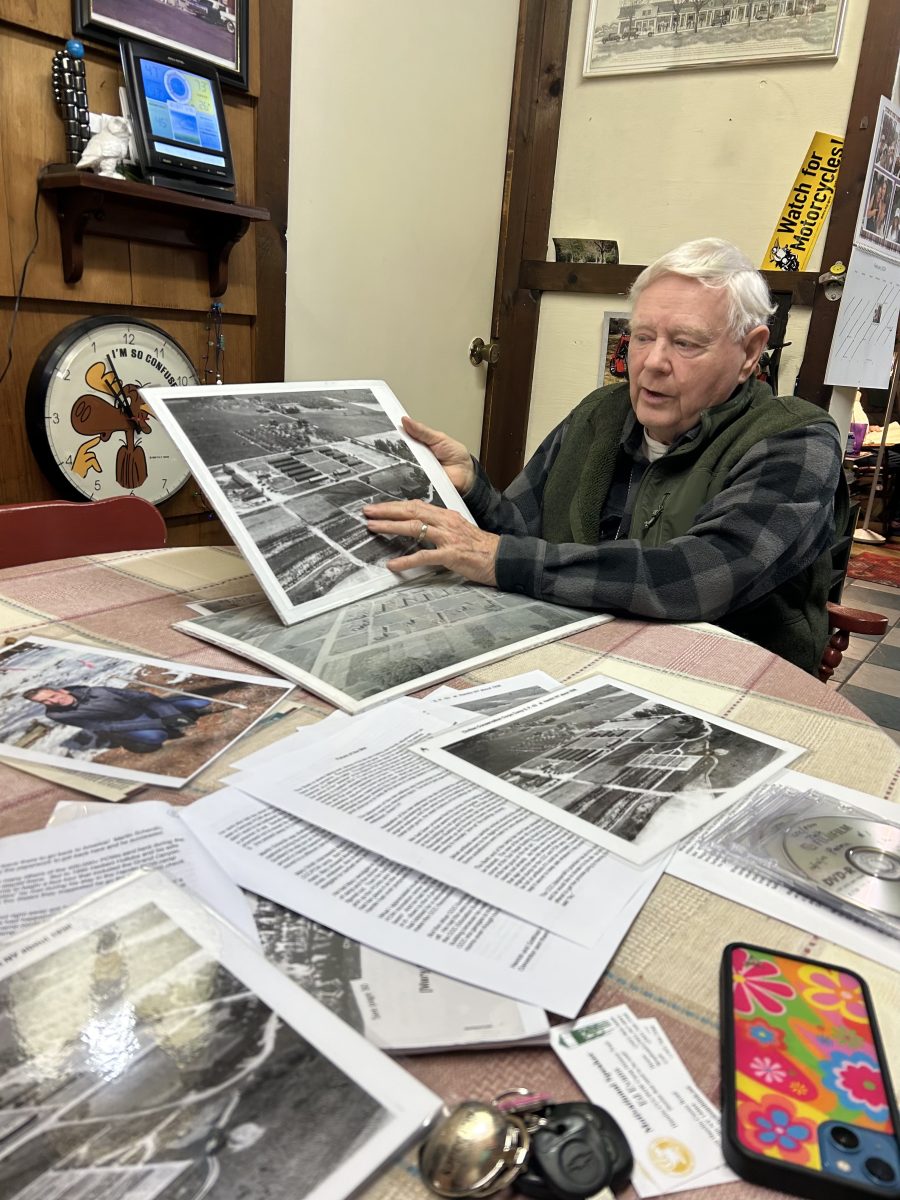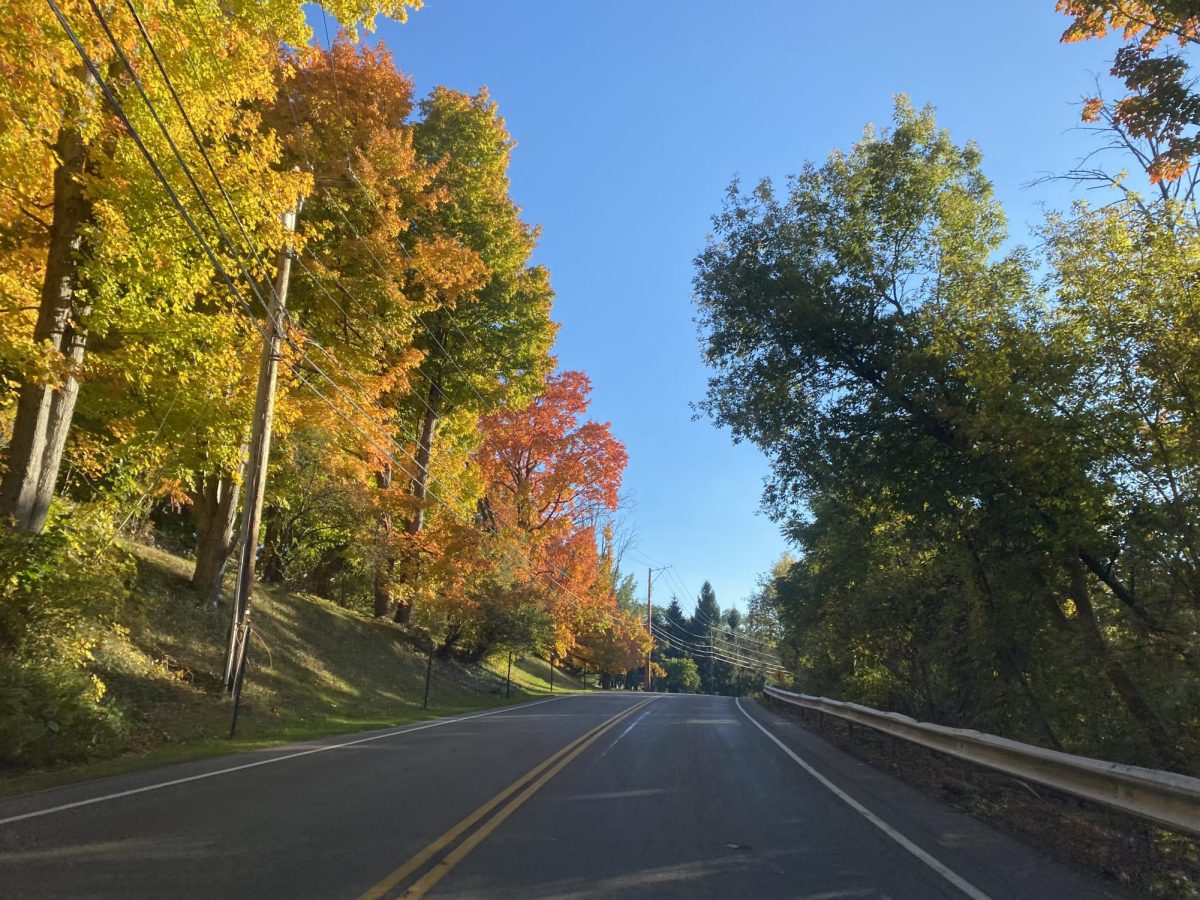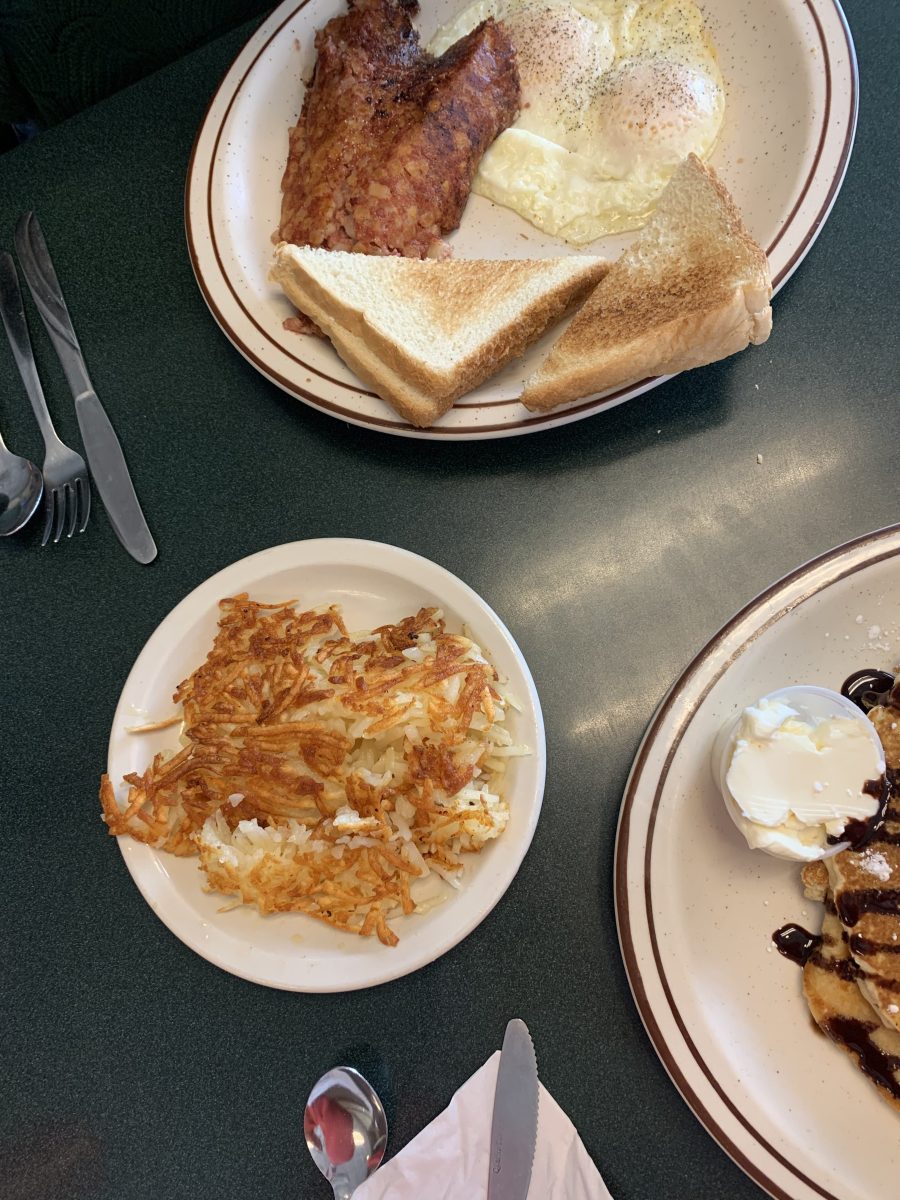By Robert Merrill / Canalside Chronicle’s staff
Rochester, NY—In the dense concrete jungle of Rochester, there are many food deserts– areas where it is difficult for locals to find fresh produce and healthy food. There is a growing trend that has emerged in Rochester and other cities, where people are coming together to create an oasis to counter the problem of food deserts. These farms give fresh produce to areas that often struggle to get enough, bringing dignity and independence back to the community.
The activist
One of those oases is Rochester Microgreens, located in the heart of the city. True to its name, this vertical farm produces leafy greens such as lettuce, cilantro, and even sunflowers. Unlike traditional farms, it uses no soil. Aeroponics towers and microgreen racks cultivate around 300 pounds of food a month. The system uses 90% less water than traditional farms. It also doesn’t use any herbicides or pesticides, all of which help to reduce costs.
Rochester Microgreens owner Michael Temperato started the farm in his living room a year ago to feel more job security during COVID-19. He says Indoor farms excel when used properly.
“Indoor farms aren’t just capable of producing lettuces, herbs, and spices just as well as outdoor farms, but they can do so better in almost all cases and locations,” said Temperato “I’ve also noticed that farms like mine cultivate a wider variety of each of these crops. And these crops are also the exact types that are being reprocessed into other products, like powders, supplements and extracts.”
Microgreens are more nutritious than traditional greens, as they are denser in nutrients during growth. Temperato’s store delivers produce within 48 hours of cutting, unlike stores like Wegmans, where food takes over a week to reach shelves.
“Food is actually more nutritious when eaten closer to harvest,” said Temperato. “Take Wegmans as an example. They have a farm out in Canandaigua, and still, by the time things are harvested, packaged, and delivered, you finally buy it. It sits in your fridge, and you open it; already it has been a few weeks, and it goes bad instantly.”
Temperato sees the effect that his food and his activism have on the community.
“Along with offering the more nutritious produce that’s also closer to home, reducing travel and time, is just the education and awareness that comes with the industry,” said Temperato. “A lot of what I do, and why I put a lot of time and emphasis on social media, is helping people see and become aware of the issues we face in the food industry, including here in Rochester. In the long run, I’d love to be a part of a movement to totally reimagine the grocery aisle, to make it healthier, better for the human body, and better for the environment,” said Temperato.
The Academic
Sociology professor Amy Guptill says that people have been growing in urban settings for as long as they have been around; however, it is more serious today; with the cost of raw inputs going down, these farms have grown from just hobbies to businesses.
“People have always gardened in small urban spaces,” Guptill said. People who like growing stuff will grow stuff, but it’s often thought of as a hobby. So, calling it urban agriculture is a way to take it more seriously.”
Guptill says there are many unseen factors that cause food deserts.
“What kind of contributes to the pattern is certainly what people have called supermarket redlining is where supermarkets decide these places aren’t profitable,” Guptill said. “Another thing that can contribute is if you [City Zoning boards] require retail spaces to have a certain number of parking spaces. If you don’t have a car that you drive yourself and you’re taking a bus to the supermarket, you can only buy as much as you can carry,” Guptill said.
Recognizing that most of these factors are human-made, Guptill says activists and academics have started using a new term.
“The idea of ‘food deserts’ has been critiqued as a distraction; critics have coined the term’ food apartheid.’ Deserts, in nature, just sort of happen, but stark spatial inequality comes from public and corporate policy,” Guptill said.
Guptill sees these farms as a counter to the inequality and injustice wrought on these communities.
“I think it’s been less about, like, somebody going into an underserved community and starting something and more just people [in the community] doing what they want to do to survive and to assert their dignity,” Guptill said. “Urban food justice projects that involve growing, producing, or, you know, chickens raising food in urban areas, it’s about self-determination. It’s about having that sort of power over your own circumstances.”
The development of farms like Rochester Microgreens and those like it across the nation provides an oasis for those people in a society that often neglects to support their basic needs.
The next part of this feature piece will introduce Foodlink, which provides both growing space and nutrition assistance to the people of Rochester.

